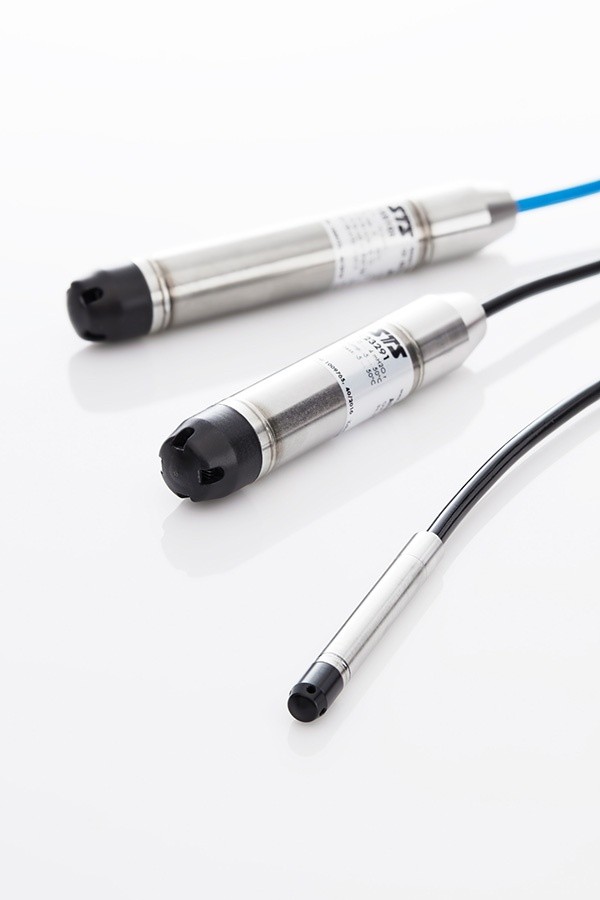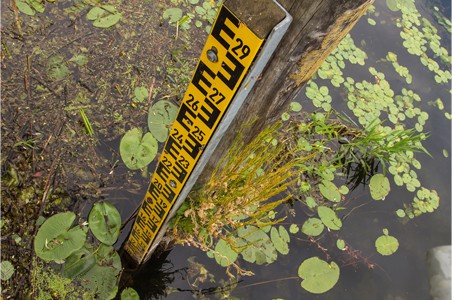Whether as a life-giver, a danger to life or simply a refreshment in summertime, the element of water determines daily life on earth in many ways. Because of its sheer importance, a reliable monitoring of this element becomes essential.
What cannot be measured can also not be managed efficiently. From fresh water supply, drinking water treatment, storage and consumption measurement, to waste water treatment and hydrometry, it will not be possible to work and plan efficiently without the correct input parameters. A range of devices and processes are now available to capture today’s complex hydrometric infrastructure. The classic in water level measurement is without doubt the level gauge, for which an accuracy of +/- 1 cm must be applied and which, of course, still functions completely “analog” – having to be inspected visually and doing without electronic data transmission. Today, far more advanced and precise instruments provide remote transmission of the measured data, including piezoresistive pressure sensors for water level measurement in both groundwater and surface waters.
Level measurement with pressure sensors
Pressure sensors for level measurement are installed at the bottom of the water body to be monitored. In contrast to level gauges, it is generally not possible to read them without getting wet. This is not necessary either, since piezoresistive level sensors were developed to meet today’s requirements for process automation and control. It goes without saying that water levels can thus be measured without human intervention, which makes continuous monitoring at difficult-to-access locations possible in the first place.
Hydrostatic level sensors measure the hydrostatic pressure at the bottom of the water body, where the hydrostatic pressure remains proportional to the height of the liquid column. Additionally, it is dependent upon the density of the liquid and gravitational force. According to Pascal’s law, this results in the following calculation formula:
p(h) = ρ * g * h + p0
p(h) = hydrostatic pressure
ρ = density of the liquid
g = gravitational force
h = height of the liquid column
Important considerations for trouble-free level monitoring
Because piezoresistive level sensors are placed at the bottom of the water body, they are then protected from surface influences. Neither foam nor flotsam can now influence the measurements. But, of course, they do have to be adapted to the expected underwater conditions. For salt water, for example, a level sensor with a titanium housing is to be preferred. Should galvanic effects be expected, however, then a measuring device of PVDF would be the best choice. In most freshwaters, high-quality stainless steel will be sufficient. And lastly, a sufficient grounding of the level sensors is essential to prevent damage from lightning strikes, for example (read more on this topic here).
Modern level sensors: All data from just one device
Piezoresistive level sensors can be used for level monitoring in open waters such as lakes, in groundwater occurrences and also in closed tanks. In open waters, relative pressure sensors will be used. With these devices, air pressure compensation is provided by a capillary inside the pressure sensor cable. A differential pressure sensor is normally used in tanks, since the gas overlay pressing down on the liquid must also be taken into account (read more on this topic here).
Because piezoresistive level sensors are largely self-sufficient and can also be optimized for very high pressures, measurements at great depths now become a possibility. Theoretically, there are hardly any limits to this depth, only that the pressure sensor cable has to be long enough.

Figure 1: Examples of level sensors for hydrostatic pressure measurement
Apart from the fact that there are hardly any depth limits, these modern measuring instruments are also extremely versatile. After all, it is not only the level of a water body that is of interest to us. Water quality is also of great importance for groundwater monitoring. The purity of a groundwater reservoir, for example, can also be determined by its conductivity, where the lower the conductivity, the purer the water will be (read more about conductivity here). In addition to conductivity sensors, level probes today are now also available with integrated temperature measurement. Piezoresistive level sensors provide a wide range of monitoring tasks and are without question preferable to the level gauge in most cases.
